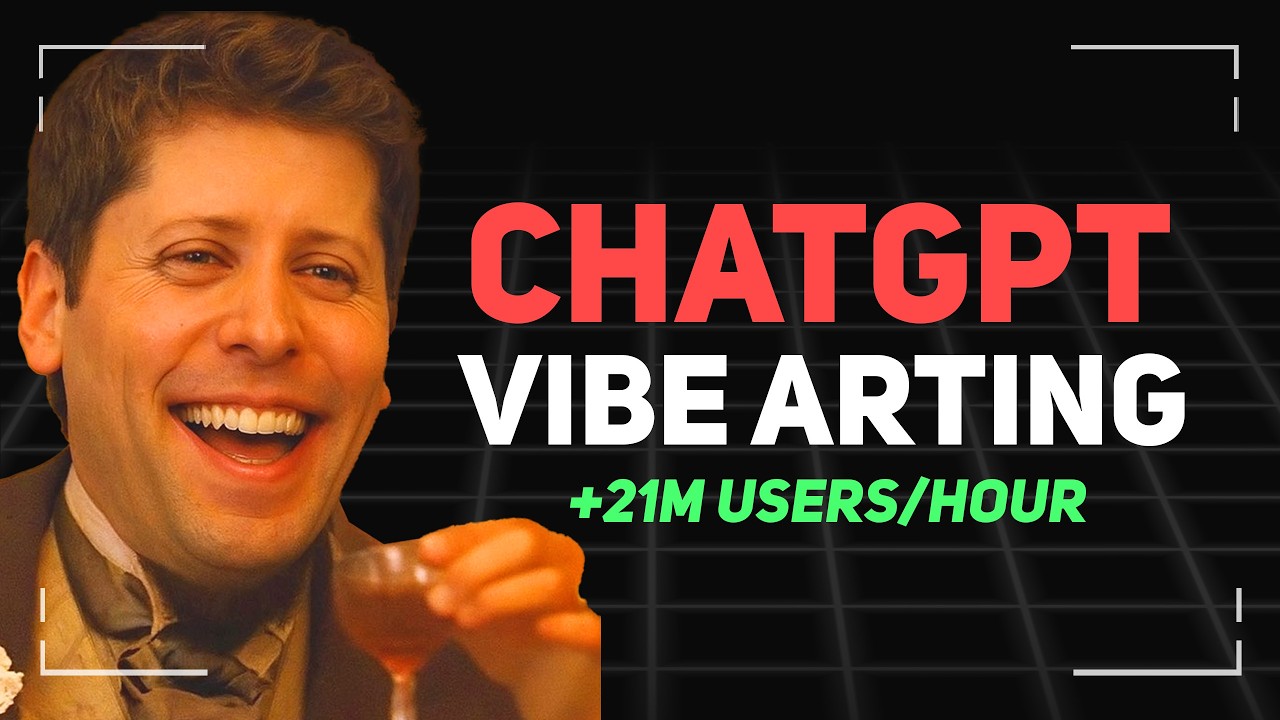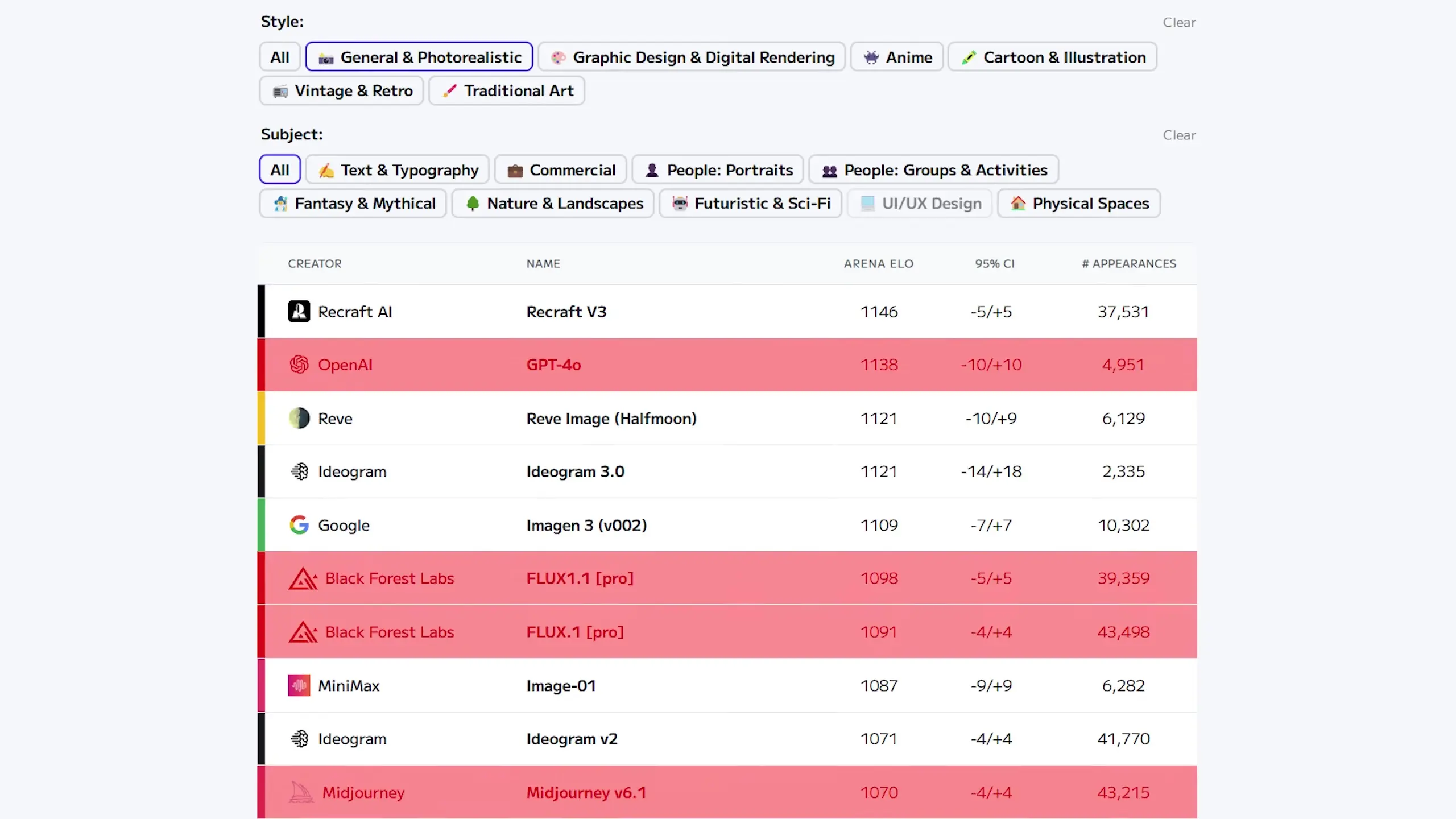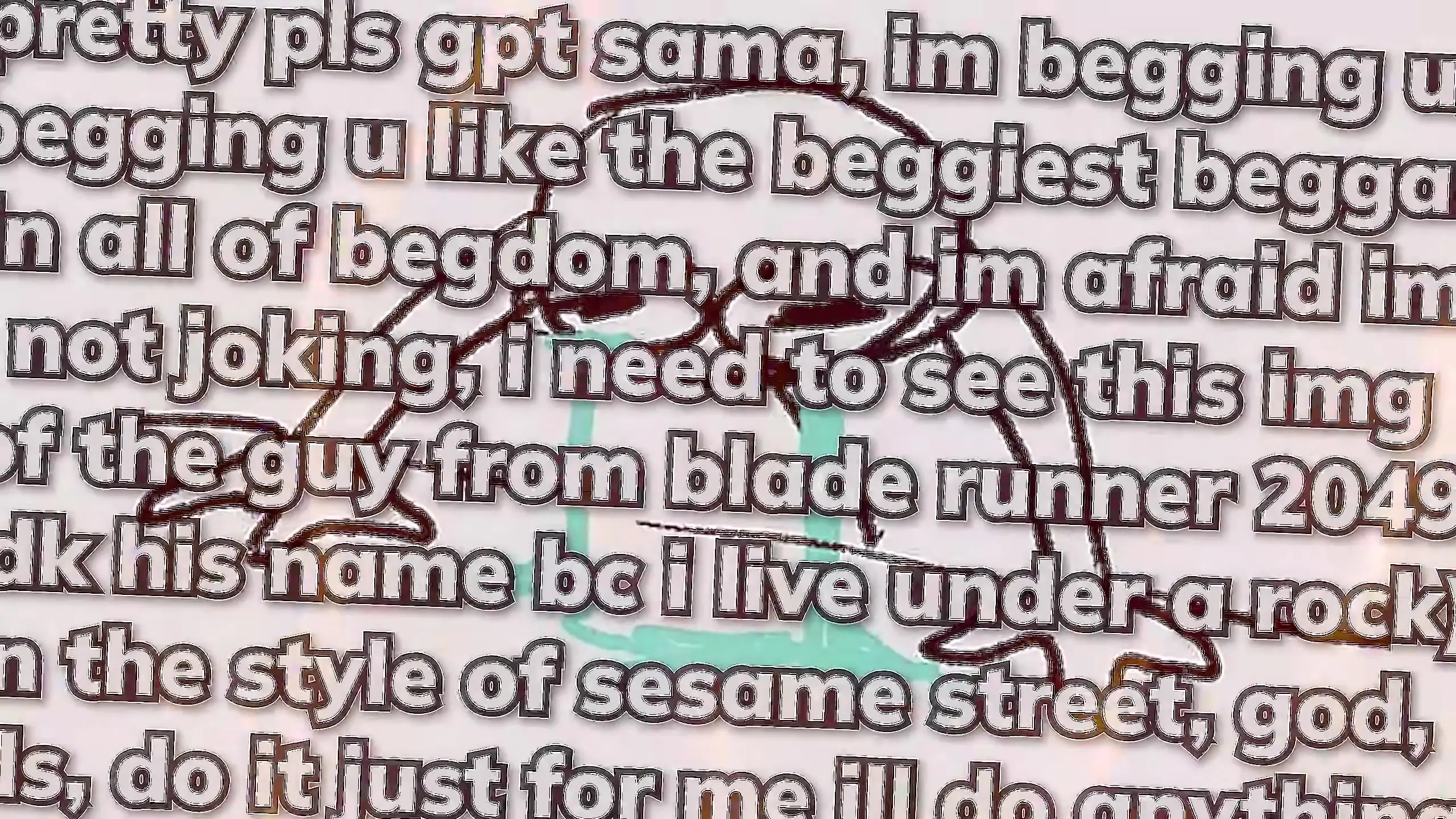
Just when you thought 'vibe coding' was taking over the internet, OpenAI has likely given rise to something even more accessible: 'vibe arting.' This phenomenon allows anyone with basic language skills to generate impressive artwork through GPT-4o's new native image generation capabilities. The trend has exploded across social media platforms, with users particularly fascinated by creating images 'in the style of Studio Ghibli' - a testament to both the model's capabilities and the enduring appeal of Miyazaki's iconic animation style.
The Rise of Vibe Arting: Why It's Going Viral
While AI-generated images aren't new, GPT-4o's implementation has captured widespread attention for one simple reason: accessibility. Unlike other image generation tools that require technical knowledge or complex workflows, GPT-4o's image generation works directly within ChatGPT, requiring only natural language prompts. This unprecedented ease of use has democratized creative AI tools, allowing anyone to generate impressive artwork on their first attempt.
The viral nature of these 'in the style of Ghibli' creations demonstrates how powerful GPT-4o's understanding of visual styles has become. Users have been transforming everything from selfies and memes to everyday scenes into Ghibli-inspired artwork with remarkable consistency and quality - all without needing to understand the technical aspects of AI image generation.
Understanding GPT-4o's Multimodal Architecture
What makes GPT-4o's image generation capabilities so impressive is its underlying architecture. Unlike previous models that treated text and image generation as separate functions, GPT-4o is built on a unified multimodal foundation. The 'o' in GPT-4o stands for 'omni,' reflecting its ability to understand and generate across multiple modalities - text, images, and even voice - within a single model.
This represents a significant technical achievement. While OpenAI's original DALL-E was groundbreaking for its time, the company's subsequent image models (DALL-E 2 and 3) delivered mixed results compared to competitors. GPT-4o changes this by creating a unified space that can encode and translate between different types of media, allowing for a deeper semantic understanding of both the content and context of images.

Creating a model that excels at both language understanding and image generation simultaneously is extraordinarily difficult. Outside of OpenAI and Google, few organizations have successfully implemented this level of multimodal AI at scale. The technical details of how OpenAI achieved this remain largely undisclosed, adding to the mystique surrounding GPT-4o's capabilities.
Semantic Understanding: The Key to GPT-4o's Image Generation
What sets GPT-4o apart from other image generators is its remarkable semantic understanding of visual content. When recreating images or generating new ones based on text prompts, the model demonstrates an impressive grasp of visual elements, spatial relationships, and contextual details.
For example, when transforming a photograph of someone carrying a dog, GPT-4o correctly interprets and recreates subtle details like backpack straps, the position of objects in the background, and even the spatial relationship between the person and their pet. This isn't simply applying a filter - the model is actually reconstructing the scene with a deep understanding of what it contains.
- GPT-4o can identify and preserve small details in images that most models would miss
- The model understands spatial relationships and object positioning within scenes
- It can recognize and recreate stylistic elements specific to different art styles
- When recreating images, it doesn't produce pixel-perfect copies but rather interpretations that reveal its understanding of the content
This level of understanding allows GPT-4o to excel at tasks that have traditionally challenged AI image generators, such as accurately rendering text within images. While not perfect (it still struggles with some typographical elements and complex layouts), its ability to ground text in images represents a significant improvement over previous models.
Creative Applications and Potential Concerns
The ease with which GPT-4o can reference and adapt artistic styles raises both exciting possibilities and potential concerns. Users can now easily combine different visual elements by simply uploading reference images and describing the desired outcome. This democratizes creative capabilities that previously required specialized skills or training.

Some creative applications of GPT-4o's image generation capabilities include:
- Style transfer: Applying distinctive artistic styles to personal photos or original artwork
- Subject extraction and manipulation: Isolating elements from images for creative recomposition
- Visual concept exploration: Quickly visualizing ideas through natural language description
- Image editing: Making complex adjustments to images through simple text instructions
- Personalized content creation: Generating custom illustrations that would be costly to commission traditionally
However, the same capabilities that make GPT-4o powerful also raise questions about copyright, artistic attribution, and the potential for misuse. The ability to so easily reference and adapt established artistic styles like Studio Ghibli's distinctive aesthetic could potentially impact original creators and studios. These concerns will likely become more prominent as the technology continues to evolve and reach more users.
Appreciating Human Artistry in the Age of AI
As we marvel at GPT-4o's ability to mimic Studio Ghibli's distinctive style, it's worth taking a moment to appreciate the extraordinary human artistry behind these iconic animations. Each Miyazaki film contains approximately 60,000-70,000 frames, all hand-drawn and painted with watercolor. The phrase "every frame a painting" literally applies to Studio Ghibli's work.

The dedication of Ghibli's artists is exemplified by stories like a 4-second scene from "The Wind Rises" that took one animator 15 months to complete. This level of craftsmanship and artistic vision reminds us that while AI can impressively mimic artistic styles, the original creative vision and human expression behind these styles remains uniquely valuable.
The Future of AI-Generated Visual Content
GPT-4o represents a significant step forward in the evolution of AI-generated visual content. By integrating image generation capabilities directly into a conversational AI interface, OpenAI has created a tool that feels more intuitive and accessible than specialized image generation platforms. This integration points toward a future where the boundaries between different types of AI-generated content continue to blur.
As these tools become more sophisticated and accessible, we can expect to see new creative applications emerge across various fields including education, entertainment, marketing, and personal expression. The phenomenon of "vibe arting" may be just the beginning of how these multimodal AI systems transform our relationship with visual content creation.
For professionals in creative fields, understanding these new AI capabilities will likely become increasingly important. Rather than replacing human creativity, tools like GPT-4o may evolve into powerful creative assistants that can help visualize concepts, explore stylistic variations, and accelerate certain aspects of the creative process.
Conclusion: The Democratization of Visual Creation
OpenAI's GPT-4o and the resulting "vibe arting" trend represent a significant step in the democratization of visual content creation. By making sophisticated image generation accessible through natural language, these tools are opening new creative possibilities for people regardless of their technical expertise or artistic training.
While the current fascination with Ghibli-style transformations may seem like a limited application of this powerful technology, it demonstrates how AI can help people express themselves visually in ways that were previously inaccessible. As these tools continue to evolve, the balance between accessibility, creative control, and ethical considerations will remain important topics of discussion.
Whether you're a professional creator looking to integrate these new tools into your workflow or simply someone fascinated by the possibilities of AI-generated art, GPT-4o's image generation capabilities offer a glimpse into how artificial intelligence is reshaping our relationship with visual creativity.
Let's Watch!
OpenAI's GPT-4o Revolution: How 'Vibe Arting' Is Changing Digital Creation
Ready to enhance your neural network?
Access our quantum knowledge cores and upgrade your programming abilities.
Initialize Training Sequence